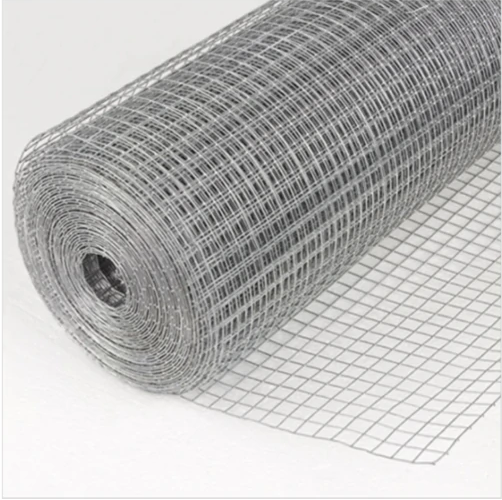Choosing the Right Nails for Your Woodworking Projects to Ensure Strong and Durable Joints
Nails for Woodwork An Essential Guide for Craftsmen
When it comes to woodworking, the choice of fasteners can significantly impact the quality and durability of your projects. Among various fasteners available, nails are a staple in woodwork. Understanding the types of nails, their purposes, and how to use them efficiently is essential for any craftsman. This article aims to provide an overview of the different types of nails for woodwork and their applications.
Types of Nails
1. Common Nails These are heavy-duty nails that feature a thick shank and a large head. Common nails are primarily used for framing, construction, and any woodworking projects where strong holding power is essential. They come in various lengths and diameters, providing versatility for different applications.
2. Finish Nails Unlike common nails, finish nails have a smaller head and thinner shank, making them ideal for trim work and finishing touches. They are designed to be driven in and left undetectable, which is perfect for projects where aesthetics are a priority. Finish nails typically range from 1 to 2.5 inches in length.
3. Brad Nails Even thinner than finish nails, brad nails are used for more delicate applications, such as attaching thin trim and moldings. They are usually driven with a brad nailer, which allows for precise placement and minimizes splitting the wood. Brad nails are often found in lengths of 5/8 inch to 2 inches.
4. Decking Nails As the name suggests, decking nails are used for outdoor decking projects. They are corrosion-resistant and designed to withstand exposure to moisture. These nails typically have a wide head and a spiral shank, providing excellent holding power in wood that is likely to expand or contract due to weather changes.
5. Roofing Nails Roofing nails are characterized by their larger heads and are primarily used in roofing applications, especially for shingles. They are often galvanized for resistance against rust and can come with plastic or rubber washers to provide an extra layer of waterproofing.
nails for woodwork

6. Specialty Nails There are also specialty nails designed for specific purposes, like framing nails, which are typically longer and thicker for better structural integrity, and concrete nails, which are designed to fasten wood to concrete surfaces.
Choosing the Right Nail
Selecting the right nail for your woodworking project depends on several factors, including the type of wood, the weight of the material being fastened, and the appearance you want to achieve. For instance, using brad nails for heavy framing is not advisable, as they may not hold up under stress. Conversely, using common nails for delicate trim work can lead to splits and unsightly holes.
Additionally, consider the finish of the nails. Galvanized nails are essential for outdoor projects to prevent rust, while uncoated nails may be suitable for indoor projects where moisture is not a concern.
Proper Techniques for Nailing
Using nails effectively also involves knowing the proper techniques for driving them into wood. Always pre-drill holes for larger nails or harder woods to prevent splitting. When using a hammer, strike at a 90-degree angle and ensure you control the force to avoid bending the nail or damaging the wood. For finish nails, consider using a nail punch to drive them slightly below the surface for a cleaner look.
Conclusion
In conclusion, nails are an essential component in woodworking that can determine the success of your projects. By understanding the different types of nails available and their respective uses, you can ensure that your woodworking endeavors are not only structurally sound but also visually appealing. Whether you're a novice or an experienced craftsman, the right nails, combined with proper techniques, will help elevate your woodworking game to new heights.
-
Space-Saving Chain Fence Hacks Vertical Gardening with Cyclone MeshNewsJul.16,2025
-
Innovations in Iron Nail Wire Production for Modern ConstructionNewsJul.16,2025
-
Creative Uses of Wire Netting Fence in Modern Landscape DesignNewsJul.16,2025
-
Barbed Wire Fence Innovations in Anti-Climb TechnologyNewsJul.16,2025
-
Architectural Uses of Umbrella Nails for Aesthetic Roof DesignsNewsJul.16,2025
-
Architectural Uses of Razor Barbed Wire in Secure Urban DesignNewsJul.16,2025




